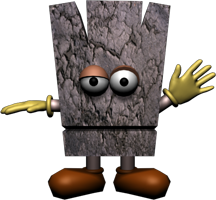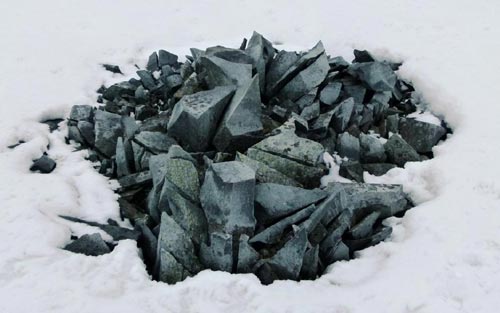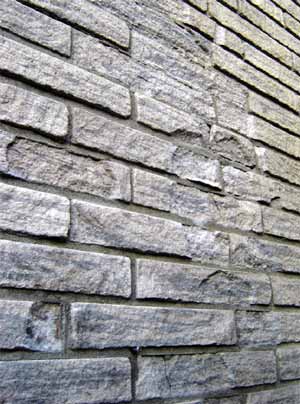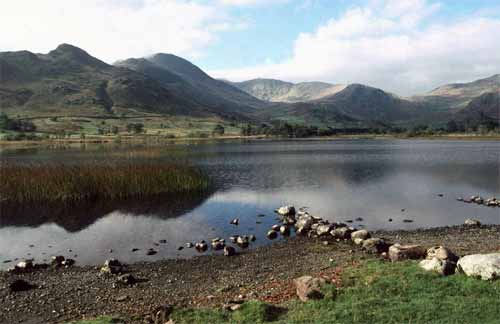Weathering and erosion
Weathering is the process where rock  is dissolved, worn away or broken down into smaller and smaller pieces. There are mechanical, chemical and organic weathering processes.
is dissolved, worn away or broken down into smaller and smaller pieces. There are mechanical, chemical and organic weathering processes.
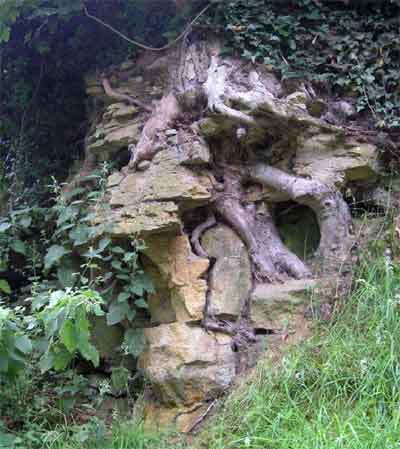
Organic weathering happens when plants break up rocks with their growing roots or plant acids help dissolve rock.
Mechanical weathering physically breaks up rock. One example is called frost action or frost shattering. Water gets into cracks and joints in bedrock. When the water freezes it expands and the cracks are opened a little wider. Over time pieces of rock can split off a rock face and big boulders are broken into smaller rocks and gravel.
This process can also break up bricks on buildings.
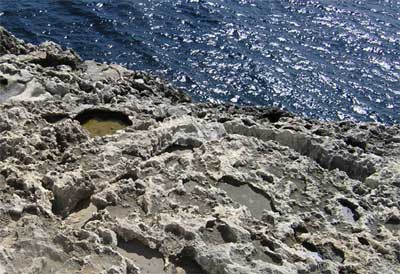
Chemical weathering decomposes or decays rocks and minerals. An example of chemical weathering is water dissolving limestone.
dissolving limestone.
When ice melts or wind and water  slow down they can't carry as much sediment. The sediment is dropped, or deposited, in landforms.
slow down they can't carry as much sediment. The sediment is dropped, or deposited, in landforms.
« Back 




